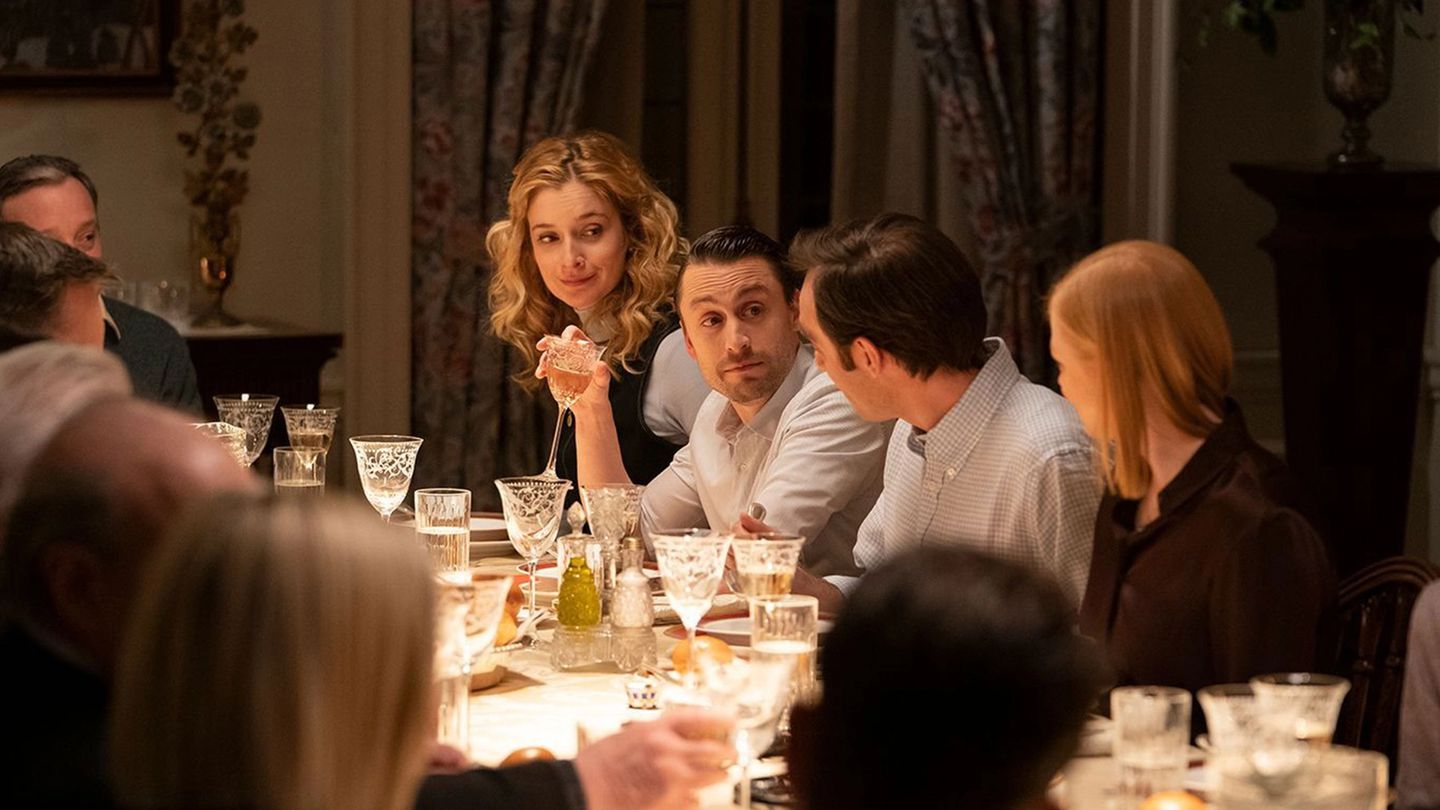

Which wines should you take to a dinner party?
…and how do you make sure your bottle is actually drunk? We have the answers
Words: Guy Woodward
It’s a perennial conundrum. You’ve been invited to dinner at a friend’s, with a few others, and you need – or maybe even want – to take along a bottle. But which bottle? And, more importantly, if you’re splashing out on something special, how do you ensure that it gets opened and you actually get to taste it?
There is a school of thought that suggests it is rude to bring any wine to a dinner party, since it suggests you don’t have confidence in the quality of what your host will be pouring. Certainly, it pays to do a bit of homework and to know your audience. If the host is a committed wine buff, perhaps leave them to it – you’ll get it wrong, or insult them with some substandard plonk at which they’ll grimace and declare, under duress, ‘How interesting – I’ve never tried a Mexican chenin blanc!’ (As someone who has, I can confidently consign the style to the ‘curiosity’ category.)
Equally, if they’re not into wine at all, it’s probably not worth turning up with a prized grand cru Burgundy that will either: sit untouched all night as you gaze over at it longingly; be opened without due fanfare alongside the Yellow Tail shiraz and be consumed unthinkingly at the other end of the table; or be announced, in an off-hand manner, by the host, at which point you’ll feel the need to say something about it and come out with something dismissive and pretentious, thereby marking yourself out to the whole room as a precious prig.
Bringing wine as a gift, rather than as something to be consumed that night, is a worthy option, with Champagne the obvious choice. After all, who doesn’t like to receive Champagne? But, also, because most hosts will, hopefully, have thought of an aperitif to serve, it’s unlikely anyone will feel obliged to immediately crack yours open. And if you don’t pre-chill it, it’s evidently intended for them to enjoy at a later date.
It’s somewhat more tricky to convey that you’d rather appreciate it if your host could actually open the special cuvée that you’ve gone to the trouble of sourcing especially for the occasion (and if this is your intention, etiquette dictates that you should also come armed with an additional, non-vinous gift). One way of doing so is to bring a white wine and pre-chill it, before casually dropping this into the conversation during the handover – ‘nice and chilled for us,’ so the host gets the hint. Such an approach can come off as a bit control-freak/entitled, though.
The equivalent, but equally arch, tactic with a red would be to comment on its drinkability, via a reference to the vintage – ‘it’s a 2010, so should be perfect now.’ Again, though, bringing an older wine from a specific vintage and region, be it Bordeaux, Burgundy or Barolo, can come across as a touch self-important. A more convivial approach would be to check in advance what’s on the menu and then say, on arrival, ‘I thought this would go nicely with the lamb.’ At least, that way, it looks as if you’ve taken their culinary endeavours into account.
2009 Château Suduiraut
But the best, most original and convivial approach is to bring a sweet wine. First, such an offering is, in itself, quite unusual, and hence compelling. Plus, the hosts may not have thought of providing one – and if you persuade them to pop it into the fridge at the start of the evening, it’s locked in, and they might well be rather happy to be able to unveil a luscious Sauternes to complement their carefully crafted dessert (or, indeed, the cheeseboard, an even better, but criminally overlooked, pairing).
Royal Tokaji
Sauternes is the classic option, its rich, honeyed style the result of grapes grown in the south of Bordeaux (where a wine such as the 2009 Château Suduiraut offers astonishing value compared to a similarly aged red from the region) and left on the vine until they become affected by botrytis (noble rot), concentrating the sugar content. A late-harvest wine works on a similar principle, with Tokaji, from Hungary, a fine example, particularly in the hands of the venerable Royal Tokaji. And don’t shy away from the unfashionable but supremely versatile tawny port, whose more raisiny, nutty sweetness is particularly good with salty, hard cheeses – Graham’s 20-Year-Old offers fantastic value and character.
Graham’s 20-Year-Old Tawny Port
The thing about bringing something unusual to the party is that it stimulates conversation. And if you have something non-nerdy to say about it – that the winemaker used to be a trapeze artist but suffered from vertigo, so re-trained; you know, that sort of thing – people will engage with it and be pre-disposed to like it and say nice things about it (and you!). All of which is so much more interesting than just taking flowers…
Want more wine content? This is a brief history on Argentinian malbec (and 3 new-generation bottles to try now)…


